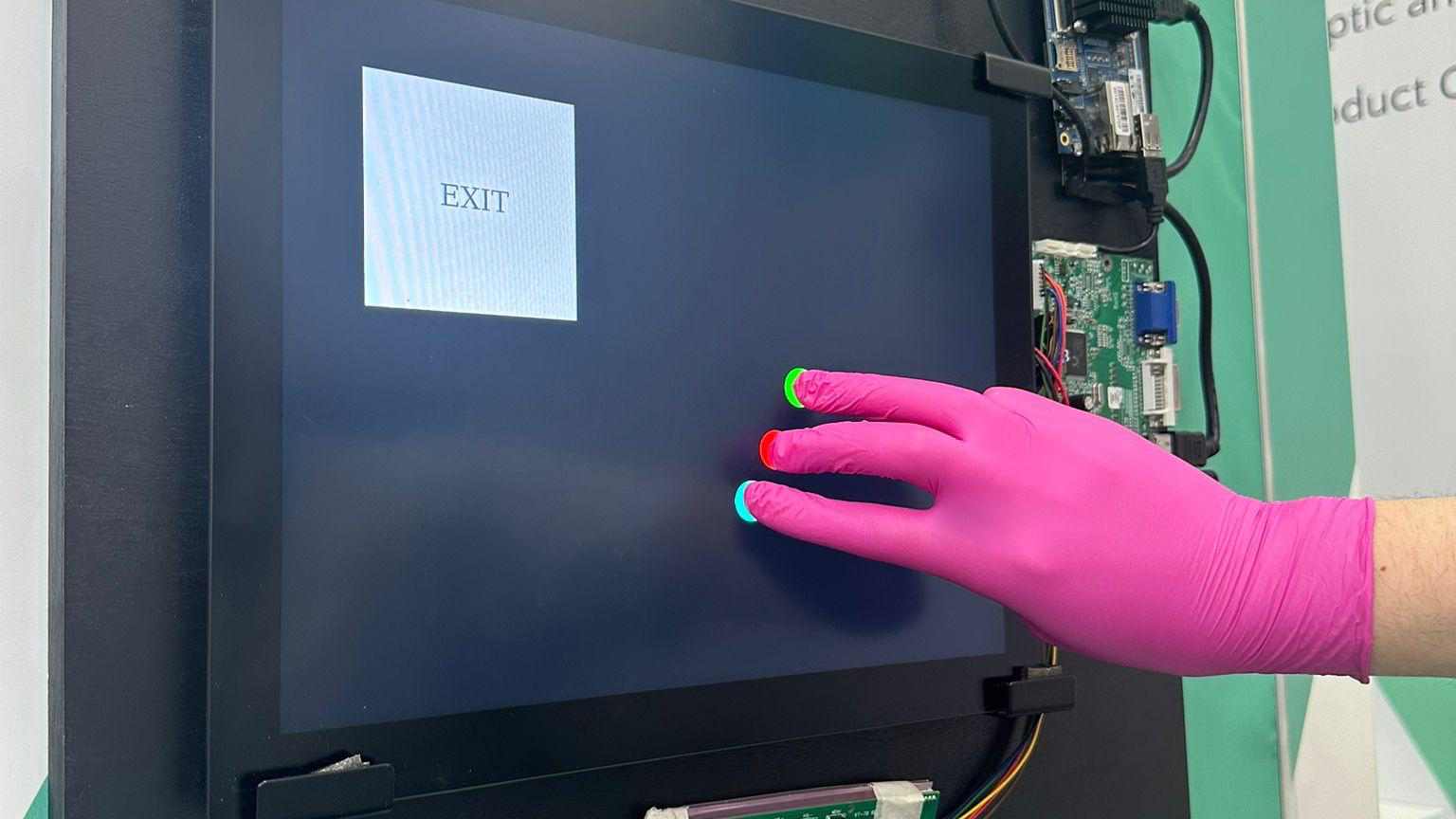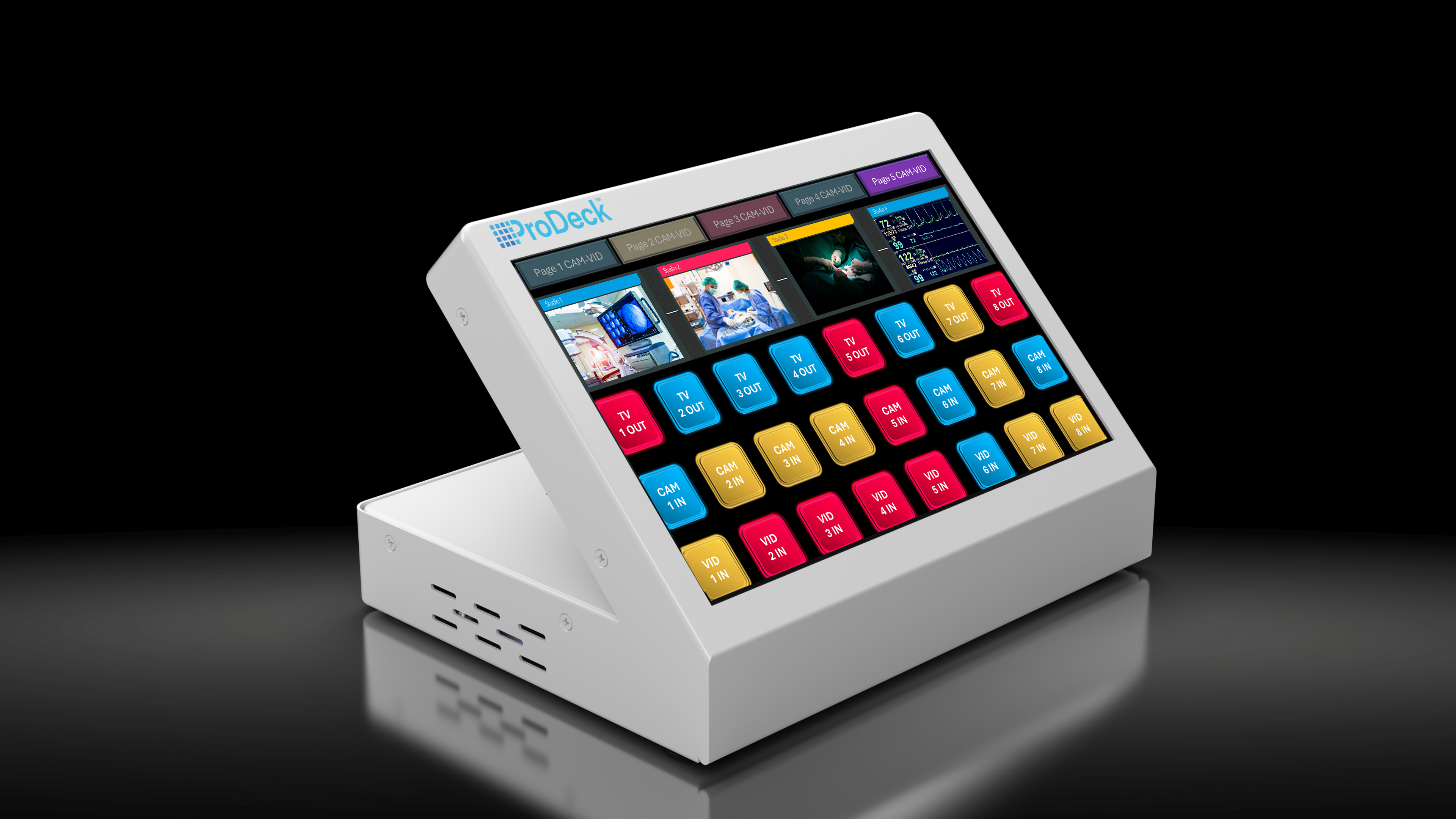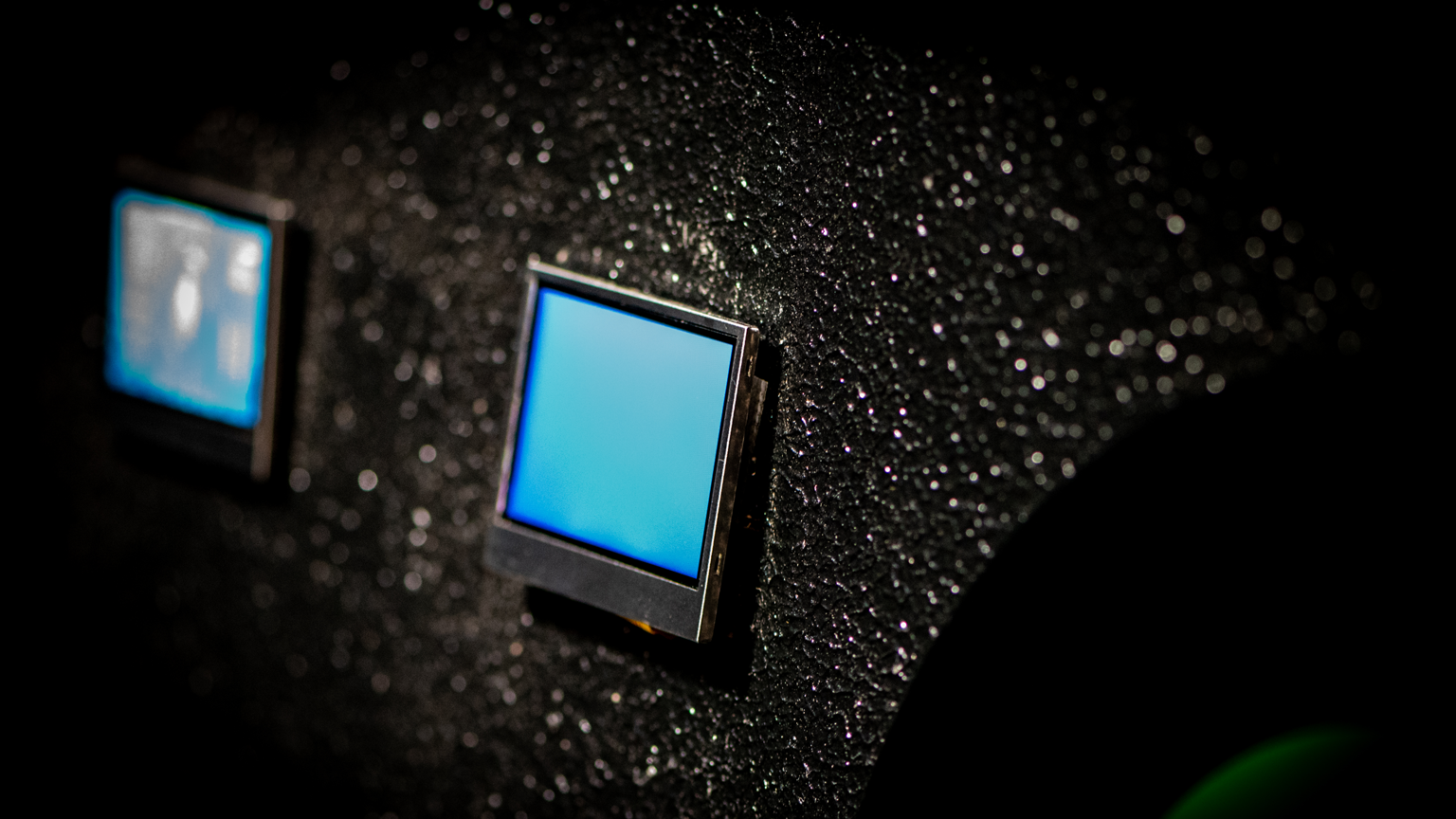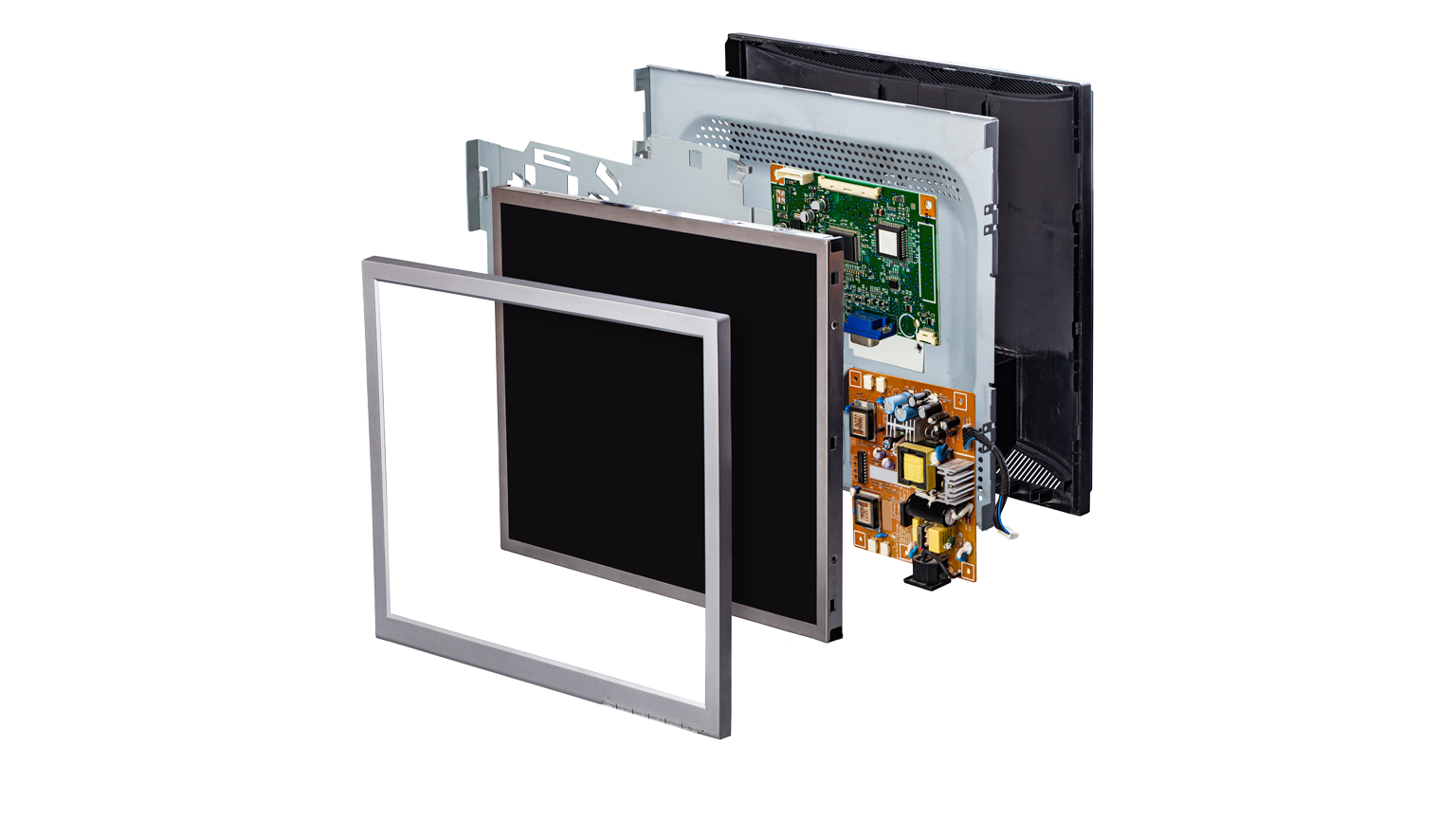
MONDAY 20TH JANUARY 2025
Top 5 Embedded Display Trends Driving Technology Requirements for the Medical Industry
As the medical industry continues to evolve, so do the requirements of medical displays, and there is an increasing demand for unique, customized interfaces that enable a competitive edge. Here are the top five display technology trends we have observed in the medical industry, which included applications such as patient monitoring, diagnostics, and surgical systems.
1. Increased adoption of touch interfaces with gloved touch operation.
Touchscreens with multi-touch functionality have become a cornerstone of modern medical devices, enabling intuitive navigation for healthcare professionals who rely on fast, precise input. These touch interfaces are designed to be highly responsive, even when used with medical gloves, ensuring seamless interaction without compromising hygiene or safety. Clinicians can effortlessly interact with complex data and imaging, allowing for greater efficiency in high-pressure environments. This technology minimizes the need for physical contact with additional input devices, reducing the risk of contamination, while delivering a streamlined user experience in operating rooms, laboratories, and patient care settings.

Multi glove touch sensing on one of Densitron’s 15” TFT displays
2. Higher resolution and larger displays
The demand for ultra-high-definition (UHD) and 4K displays is rapidly increasing in medical applications such as endoscopy, radiology, and robotic surgery, where precise and detailed imaging is essential for accurate diagnostics and successful interventions. The popular size range for these high-resolution displays typically falls between 21 to 32 inches. These high-resolution displays provide enhanced clarity and depth of visual information, enabling healthcare professionals to make informed decisions with confidence. Additionally, larger screens are being introduced to facilitate collaborative work within multi-disciplinary teams, improving visualization during group discussions, procedures, or training sessions, and fostering a more immersive and efficient medical environment.

The ProDeck 24 desktop control surface, which has 24 configurable high definition physical buttons
3. Enhanced durability and safety
Medical environments demand equipment that can withstand rigorous daily use, and embedded displays are no exception. To meet these demands, displays are now engineered with rugged, antimicrobial coatings that resist scratches, smudges, and bacterial growth. Edge-to-edge glass designs not only improve aesthetics but also simplify cleaning, ensuring surfaces can endure repeated disinfection without degradation. These features collectively enhance the safety, longevity, and performance of medical displays in clinical settings.

Densitron offer up to 6mm antimicrobial cover glass solutions
Alongside our display solutions, we will feature products from some of our existing medical customers. This will give visitors insight into how Densitron’s display technologies are already making a difference in real-world medical environments.
4. Advanced display technologies
Innovations in display technology are redefining the capabilities of medical devices. OLED and micro-LED displays are gaining traction for their superior colour accuracy, contrast ratios, and energy efficiency, making them ideal for tasks that require precise visual representation, such as diagnostics and surgical guidance. These technologies deliver vibrant, true-to-life images that improve accuracy and reduce eye strain during prolonged use. Meanwhile, e-paper displays are being integrated into low-power applications such as patient monitoring devices, where long battery life and high visibility in various lighting conditions are essential. Together, these advanced technologies are setting new benchmarks for performance and versatility in medical displays.

Densitron have a range of E-Paper displays from sizes 2.13” to 13.3”
5. User-centric design
The shift towards user-centric design in medical displays is transforming how healthcare professionals interact with technology. Intuitive interfaces, and familiar to the day to day technology we leverage like smartphones and smart watches, are now a priority, minimizing cognitive load and enabling faster, more accurate navigation of complex systems. This focus ensures that displays are not only easy to use but also tailored to the specific needs of healthcare applications, from diagnostic imaging to patient data management. Customization is another critical factor, with displays being designed to meet the unique requirements of different medical environments, optimizing workflows and improving efficiency. This trend reflects a commitment to enhancing user experience and enabling better outcomes for patients and clinicians alike.

Densitron offer a complete build approach tailored to your specific needs, from display to driver…
Densitron is at the forefront of these trends, offering innovative medical displays, and integrative control system software, which are specifically designed to address the evolving needs of the medical industry. Our comprehensive approach sets us apart, providing not only cutting-edge technology but also unparalleled support, guidance, and partnership throughout your journey.
From design and development to deployment, we work closely with our customers to ensure our solutions deliver exceptional performance and meet the rigorous demands of modern healthcare environments.
With our agile product development process and rapid prototyping, we can address your individual needs fast, and deliver tailored solutions that enhance your competitive positioning.
To learn more about how we are driving innovation in embedded medical displays, visit Densitron at Arab Health Hall 2, stand F72. Our experts will be on hand to discuss these trends and showcase technologies that redefine what’ is possible in medical displays. We look forward to meeting you and exploring how we can support your specific requirements.